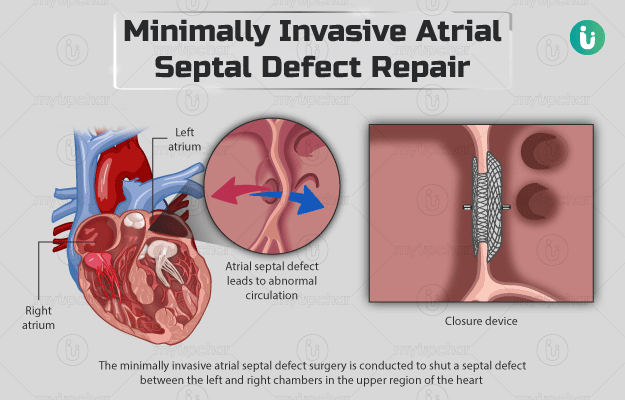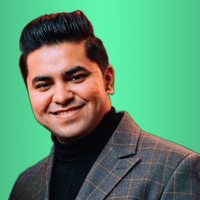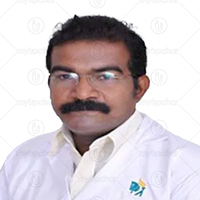Summary
The minimally invasive atrial septal defect surgery is conducted to shut a septal defect between the left and right chambers in the upper region of the heart - atrial septal defect. This prevents the mixing of deoxygenated and oxygenated blood in the heart. If this condition persists, it can cause cyanosis (bluish colour of the skin due to inadequacy of oxygen-rich blood in the body). Before the surgery, your doctor will perform a few diagnostic tests to examine the septal defect properly. The surgery will be performed under general anaesthesia.
After the surgery, you will require special care for your wound. A follow-up is required after three months of surgery wherein the doctor will assess your healing.










































